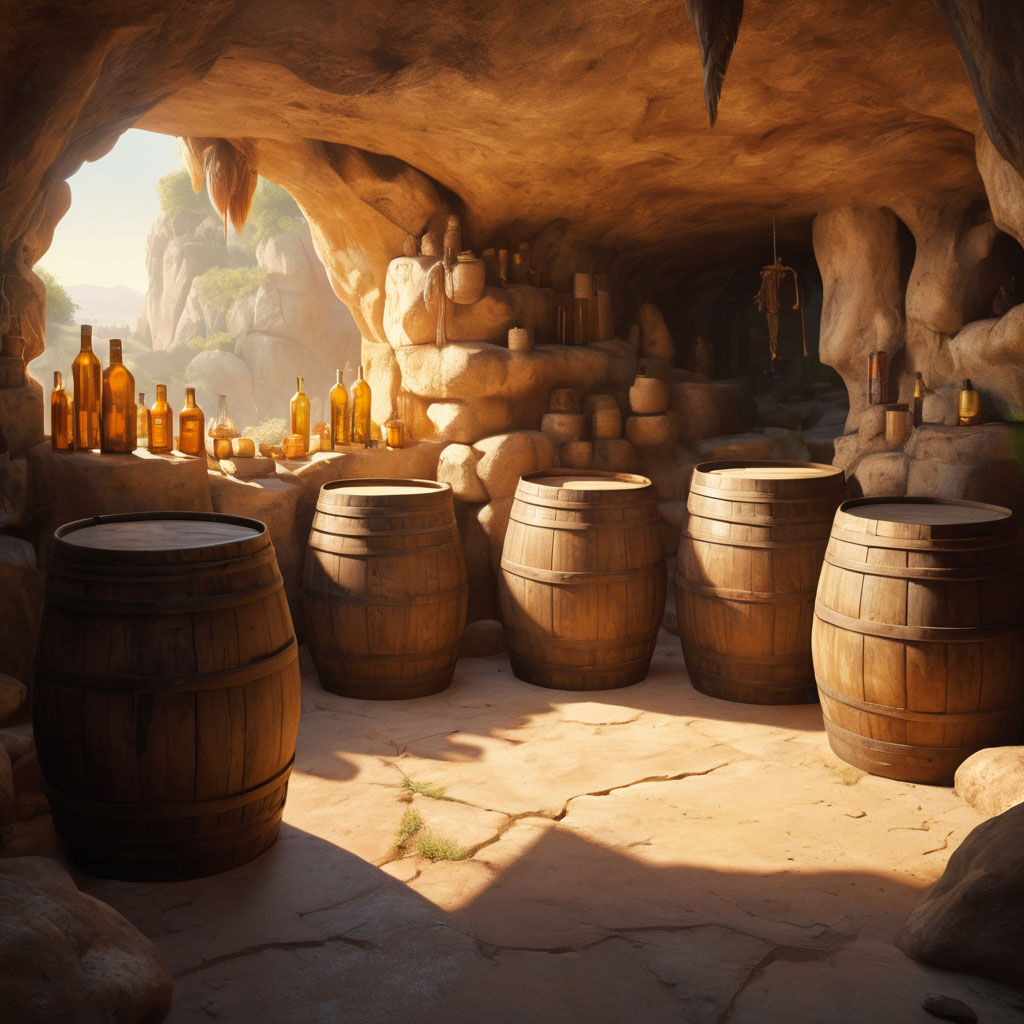La dégustation de champagne est un art délicat qui permet de pleinement apprécier les subtilités et la richesse de ce vin effervescent. Pour les amateurs comme pour les connaisseurs, comprendre et maîtriser cet art est essentiel pour tirer le meilleur parti de chaque bouteille. Cet article détaillé vous guidera à travers les étapes clés et les astuces pour une dégustation optimale.
Introduction à la dégustation de champagne
L’importance de la dégustation
La dégustation de champagne ne se limite pas à boire un verre de vin pétillant. C’est une expérience sensorielle complète qui engage tous vos sens. En apprenant à déguster correctement le champagne, vous pouvez apprécier les nuances subtiles de ses arômes, de ses saveurs et de ses textures, ce qui enrichit votre expérience et vous permet de mieux comprendre les différents styles de champagne.
Les éléments clés à considérer
Pour maîtriser l’art de la dégustation, il est crucial de prêter attention à plusieurs éléments : la température, le verre utilisé, l’environnement, et bien sûr, les étapes de la dégustation elle-même. Chacun de ces éléments joue un rôle important dans la manière dont vous percevez le champagne.
Préparation pour la dégustation
Choisir le bon verre pour la dégustation
Le choix du verre est fondamental pour une dégustation de champagne réussie. Les flûtes à champagne, avec leur forme élancée, sont souvent préférées car elles permettent de concentrer les arômes et de mettre en valeur les bulles. Cependant, les verres tulipe ou les verres à vin blanc peuvent également être utilisés pour une expérience plus aromatique.
Température de service idéale
La température à laquelle vous servez le champagne peut grandement affecter ses arômes et ses saveurs. Idéalement, le champagne doit être servi entre 8 et 10°C. Un champagne trop froid masquera ses arômes complexes, tandis qu’un champagne trop chaud aura un goût désagréablement sucré.
L’environnement de dégustation
Un environnement calme et bien éclairé est idéal pour la dégustation de champagne. Évitez les parfums forts et les distractions bruyantes qui pourraient interférer avec votre capacité à apprécier les nuances du champagne.
Les étapes de la dégustation de champagne
Observer le champagne
La première étape de la dégustation de champagne consiste à observer le vin dans le verre. Tenez le verre par la base ou la tige pour ne pas réchauffer le champagne avec vos mains. Examinez la couleur, la clarté et les bulles. Un champagne de qualité aura des bulles fines et persistantes, et sa couleur peut varier du jaune pâle au doré profond.
Sentir les arômes lors d’une dégustation de champagne
Après avoir observé le champagne, passez à l’étape suivante : sentir. Faites tourner doucement le verre pour libérer les arômes, puis portez-le à votre nez. Essayez d’identifier les différents arômes présents. Vous pourriez détecter des notes de fruits, de fleurs, de pain grillé ou de noix, selon le type de champagne.
Goûter le champagne
La dégustation proprement dite commence par une petite gorgée. Faites rouler le champagne dans votre bouche pour apprécier pleinement ses saveurs et sa texture. Notez l’équilibre entre l’acidité, la douceur et l’effervescence. Essayez d’identifier les saveurs spécifiques et leur évolution sur votre palais.
L’expérience en bouche
Outre les saveurs, l’expérience en bouche du champagne est également déterminée par sa texture et son corps. Un champagne peut être léger et vif, ou riche et crémeux. L’effervescence joue également un rôle crucial : des bulles fines et persistantes sont souvent le signe d’un champagne bien élaboré.
Comprendre les différents styles de champagne
Brut, extra-brut, demi-sec : quel est votre style ?
Le champagne se décline en plusieurs styles, principalement déterminés par la quantité de sucre ajoutée lors du dosage. Le champagne brut est le plus populaire, avec une faible teneur en sucre. L’extra-brut est encore plus sec, tandis que le demi-sec est plus sucré et souvent apprécié en dessert.
Blanc de blancs vs. blanc de noirs
Les termes blanc de blancs et blanc de noirs se réfèrent aux cépages utilisés. Le blanc de blancs est élaboré exclusivement à partir de chardonnay, ce qui lui confère des arômes frais et citronnés. Le blanc de noirs, quant à lui, est produit à partir de pinot noir et/ou de pinot meunier, offrant des arômes plus riches et complexes.
Les champagnes millésimés
Les champagnes millésimés sont élaborés à partir de raisins récoltés au cours d’une seule année exceptionnelle. Ils sont souvent plus complexes et peuvent vieillir plus longtemps que les champagnes non millésimés. Déguster un champagne millésimé est une expérience unique qui reflète les caractéristiques spécifiques de l’année de récolte.
Accords mets et champagne
Champagne et fruits de mer
Le champagne est souvent associé aux fruits de mer, et pour une bonne raison. La fraîcheur et l’acidité du champagne se marient parfaitement avec les saveurs salines et délicates des fruits de mer. Essayez un blanc de blancs avec des huîtres ou un brut avec du saumon fumé.
Champagne et fromages
Contrairement à ce que l’on pourrait penser, le champagne peut très bien s’accorder avec une variété de fromages. Les champagnes plus secs, comme le brut ou l’extra-brut, s’accordent bien avec les fromages à pâte dure et salée, tandis que les champagnes plus doux, comme le demi-sec, peuvent accompagner des fromages à pâte molle et crémeux.
Champagne et desserts
Les champagnes demi-secs sont parfaits pour accompagner les desserts. Leur douceur naturelle complète les saveurs sucrées des desserts sans les dominer. Essayez un demi-sec avec une tarte aux fruits ou un gâteau léger pour une combinaison délicieuse.
Les erreurs courantes à éviter lors d’une dégustation
Servir le champagne trop froid ou trop chaud
L’une des erreurs les plus courantes est de servir le champagne à une mauvaise température. Trop froid, il perdra ses arômes subtils. Trop chaud, il sera désagréablement sucré. Suivez nos conseils de température pour une dégustation optimale.
Utiliser le mauvais type de verre
Un autre piège à éviter est d’utiliser des verres inappropriés. Les flûtes à champagne sont idéales pour concentrer les arômes et mettre en valeur les bulles, mais les verres tulipe ou les verres à vin blanc peuvent également être utilisés pour une expérience plus aromatique.
Oublier de faire tourner le verre
Faire tourner doucement le verre permet de libérer les arômes du champagne. Ne pas le faire peut vous priver de l’expérience sensorielle complète.
Conclusion de l’art de la dégustation
La dégustation de champagne est un art qui mérite d’être exploré et apprécié. En suivant ces conseils et en prêtant attention aux détails, vous pouvez transformer chaque verre de champagne en une expérience sensorielle riche et mémorable. Que vous soyez novice ou connaisseur, ces astuces vous aideront à apprécier pleinement les subtilités et les nuances de ce vin exceptionnel.
Pour découvrir une sélection de champagnes de qualité et en apprendre davantage sur l’art de la dégustation, visitez notre site AccordChampzz. Santé ! 🥂




